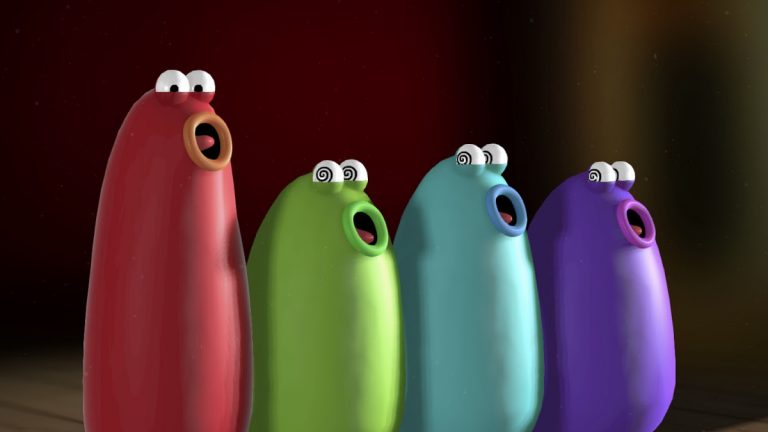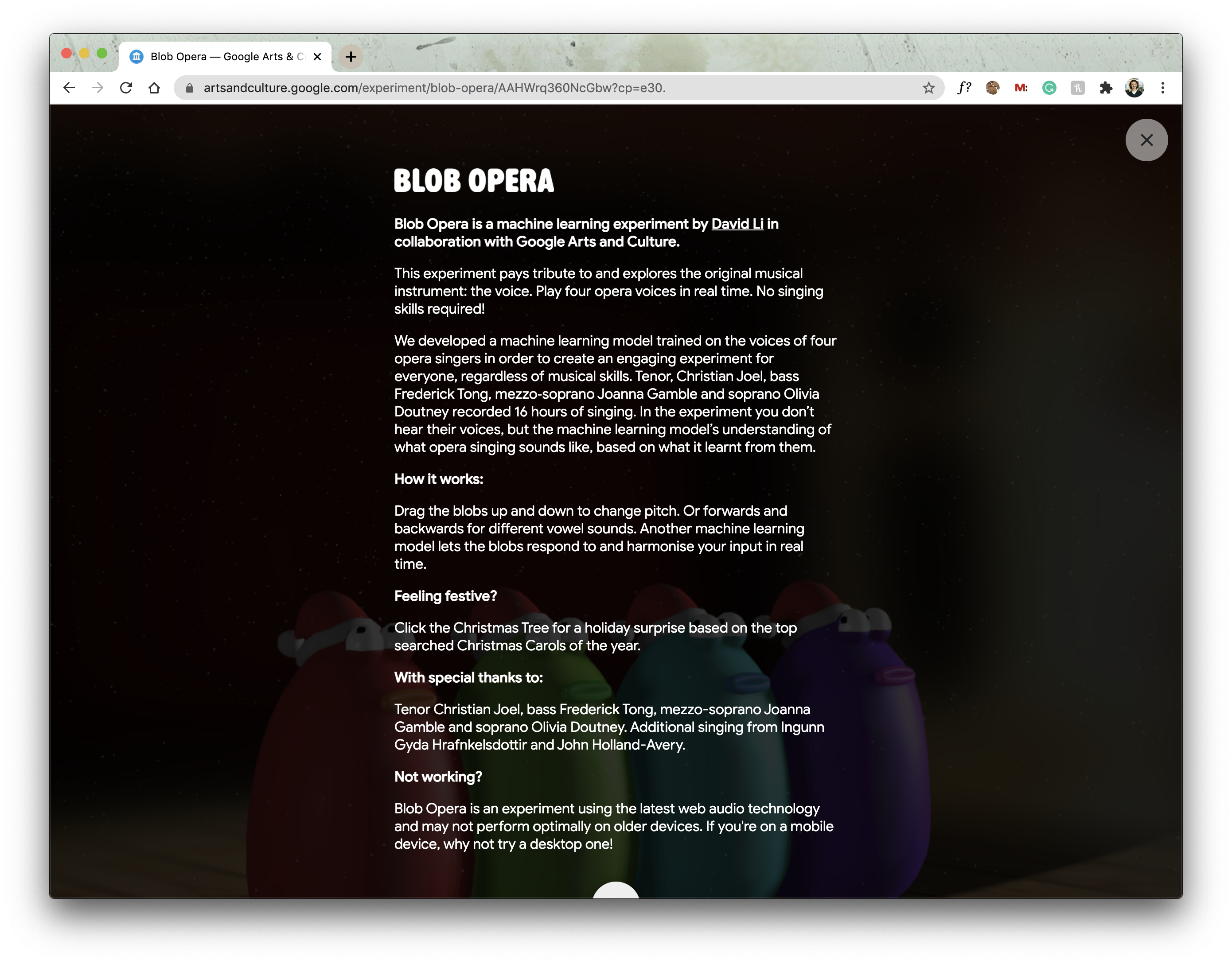


Feeling festive?Ĭlick the Christmas Tree for a holiday surprise based on the top searched Christmas Carols of the year. It just always sounds amazing, thanks to the artificial intelligence at work. The harmonic progressions are based on your choices of notes, and music theory kicks in hard as the colorful little alien critters choose their own harmonies based on the melody you have your lead singer play. Watch the eyes of the blobs – all the blobs to the right of the one singing will get swirly-eyed when the AI harmonizer kicks in. They wobble and wiggle, and respond to your mouseclick or finger drags in real time, vocalizing as they go. Another machine learning model lets the blobs respond to and harmonise your input in real time. Or forwards and backwards for different vowel sounds. How it works:ĭrag the blobs up and down to change pitch. Unfortunately we can’t embed the experience here on the SCIFI.radio web site – you’ll have to follow this link to open the page itself, where it can run in its native environment. In the experiment you don’t hear their voices, but the machine learning model’s understanding of what opera singing sounds like, based on what it learnt from them. Tenor, Christian Joel, bass Frederick Tong, mezzo?soprano Joanna Gamble and soprano Olivia Doutney recorded 16 hours of singing. Li and his team developed a machine learning model trained on the voices of four opera singers in order to create an engaging experiment for everyone, regardless of musical skills. This experiment pays tribute to and explores the original musical instrument: the voice. We think it appropriate, therefore, to show you this remarkable machine learning experiment by David Li, in collaboration with Google Arts and Culture. This holiday season has been, frankly, weird. Blob Opera is a machine learning experiment by David Li in collaboration with Google Arts and Culture.


 0 kommentar(er)
0 kommentar(er)
